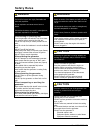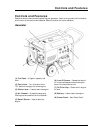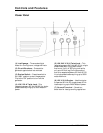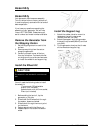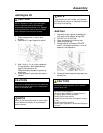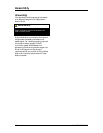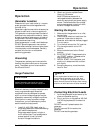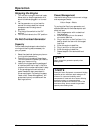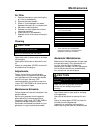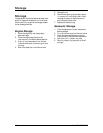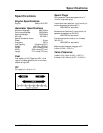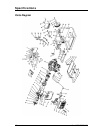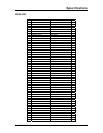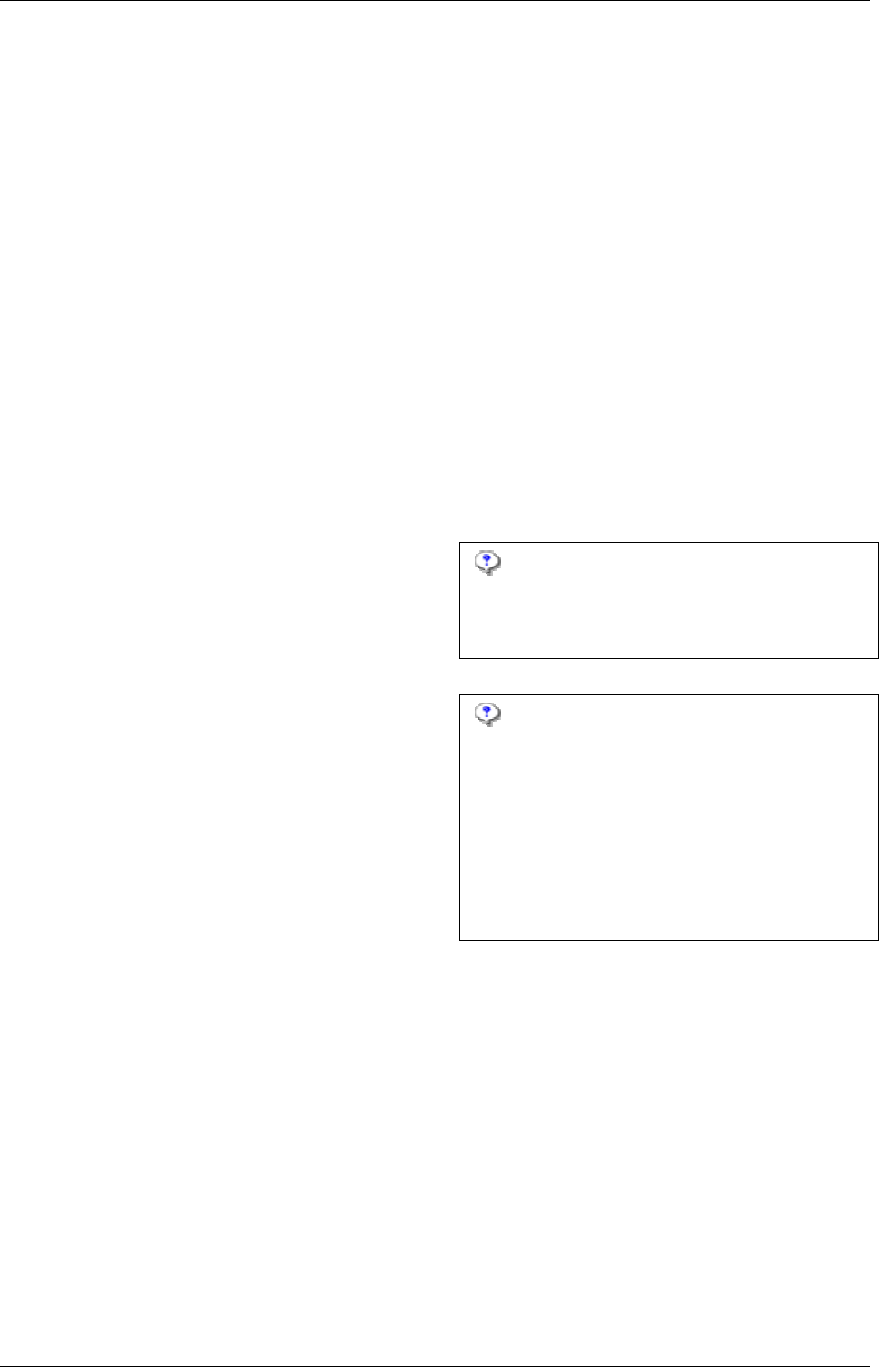
Operation
12 Rev 41351-20091106
Stopping the Engine
1. Turn off and unplug all electrical loads.
Never start or stop the generator with
electrical devices plugged in or turned
on.
2. Let the generator run at no-load for
several minutes to stabilize internal
temperatures of the engine and
generator.
3. Flip the ignition switch to the “Off”
position.
4. Turn the fuel valve to the “Off” position.
Do Not Overload Generator
Capacity
Follow these simple steps to calculate the
running and starting watts necessary for
your purposes.
1. Select the electrical devices you plan on
running at the same time.
2. Total the running watts of these items.
This is the amount of power you need to
keep your items running.
3. Identify the highest starting wattage of
all devices identified in step 1. Add this
number to the number calculated in step
2. Surge wattage is the extra burst of
power needed to start some electric
driven equipment. Following the steps
listed under “Power Management” will
guarantee that only one device will be
starting at a time.
Power Management
Use the following formula to convert voltage
and amperage to watts:
Volts x Amps = Watts
To prolong the life of your generator and
attached devices, follow these steps to add
electrical load:
1. Start the generator with no electrical
load attached.
2. Allow the engine to run for several
minutes to stabilize.
3. Plug in and turn on the first item. It is
best to attach the item with the largest
load first.
4. Allow the engine to stabilize.
5. Plug in and turn on the next item.
6. Allow the engine to stabilize.
7. Repeat steps 5-6 for each additional
item.
NOTE
Never exceed the generator capacity when
adding loads.
NOTE
Champion Power Equipment recommends limiting
operation at the maximum rated wattage to 30
minutes. For improved durability and to
compensate for heat and other factors affecting
generator output, we recommend that
continuous operation be limited to 90% of the
maximum rating. Never exceed the generator
capacity when adding loads.



